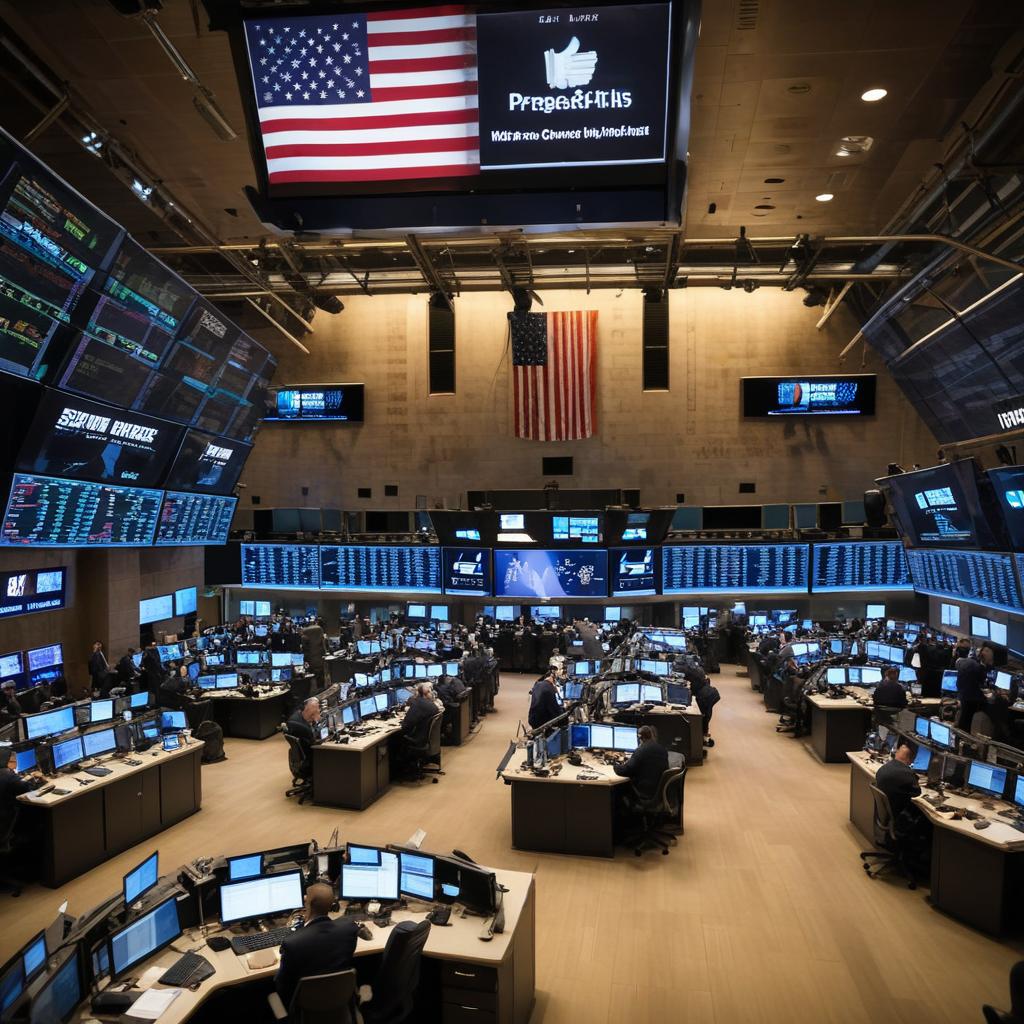U.S. futures plummeted and global stock markets showed mixed reactions following the start of a U.S. government shutdown. While some markets like the S&P 500 and Dow futures fell, others in Europe and Asia saw gains, with investors largely taking the shutdown in stride despite concerns over potential economic data delays and White House actions.
The U.S. government shutdown, which commenced on Wednesday, immediately impacted financial markets, causing U.S. futures for the S&P 500 and Dow Jones Industrial Average to drop by 0.6%. This contrasted with Tuesday's performance where these indices had risen, with the Dow hitting an all-time high. European markets were mixed, with Germany's DAX and Paris's CAC 40 losing 0.2%, while Britain's FTSE rose 0.7%. In Asia, Japan's Nikkei 225 shed 0.9% amid concerns over a potential Bank of Japan interest rate hike to counter inflation and political uncertainty surrounding the selection of a new prime minister. Conversely, South Korea's Kospi, Taiwan's Taiex (driven by semiconductor shares), and India's Sensex all posted gains, with Australia's S&P/ASX 200 showing a minor slip. Mainland Chinese markets remain closed for a holiday, but the central bank announced a significant 1.1 trillion yuan ($160 billion) reverse repo operation for October 9 to boost liquidity. Despite the initial market jitters, many investors and economists believe the shutdown's economic impact will be limited, similar to past events. However, concerns exist regarding potential large-scale federal worker firings by the White House and delays in crucial economic reports, such as the upcoming jobs data, due to the Department of Labor's Bureau of Labor Statistics ceasing operations. The broader market has seen a strong run recently, fueled by expectations of President Donald Trump's tariffs not derailing global trade and the Federal Reserve cutting interest rates. Recent U.S. economic reports were mixed, showing declining consumer confidence but stable job openings, influencing expectations for future Fed actions. Oil prices also saw a decline, with U.S. benchmark crude shedding 21 cents and Brent crude losing 22 cents. In currency markets, the U.S. dollar weakened against the Japanese yen while the euro strengthened.



